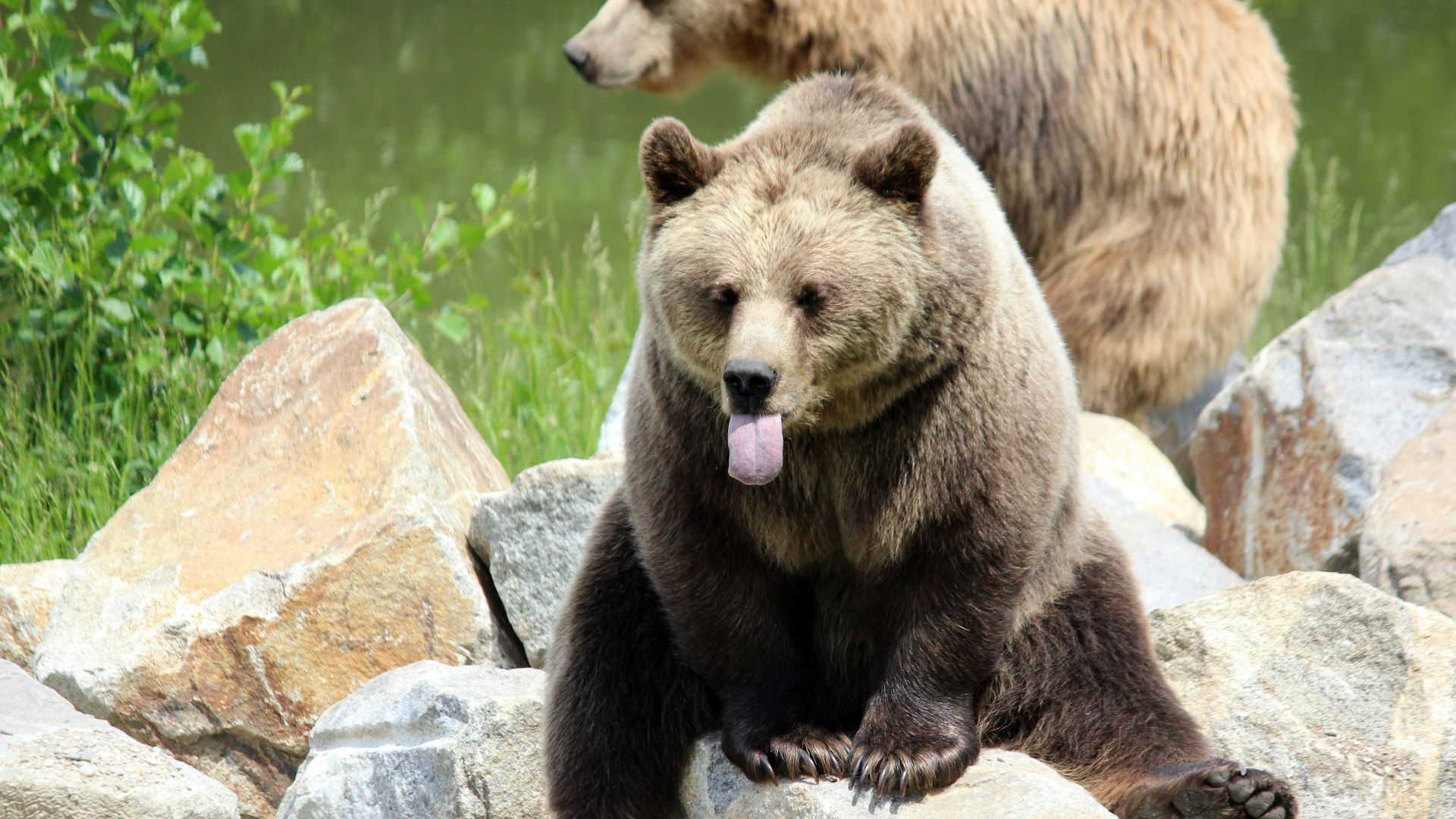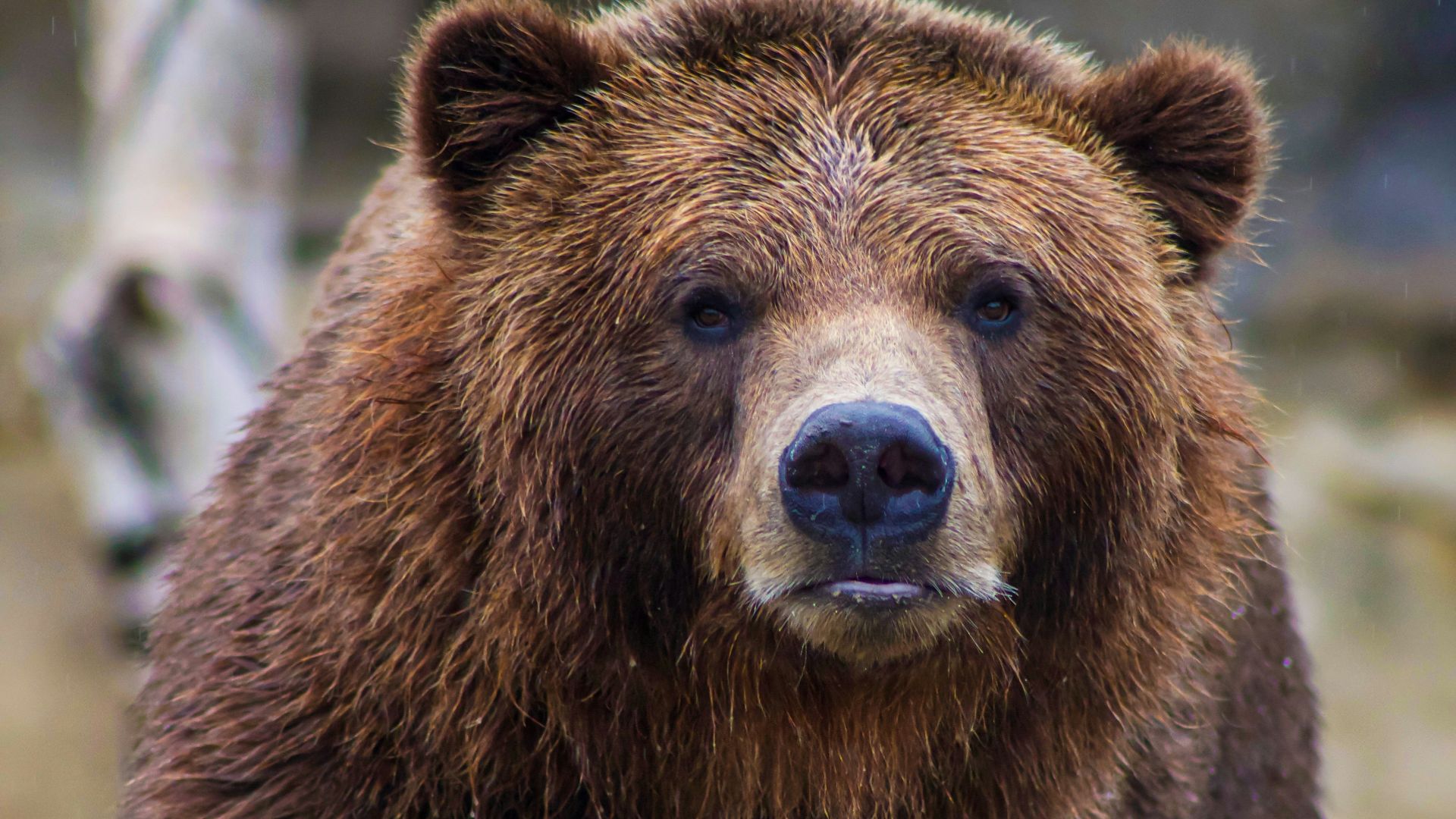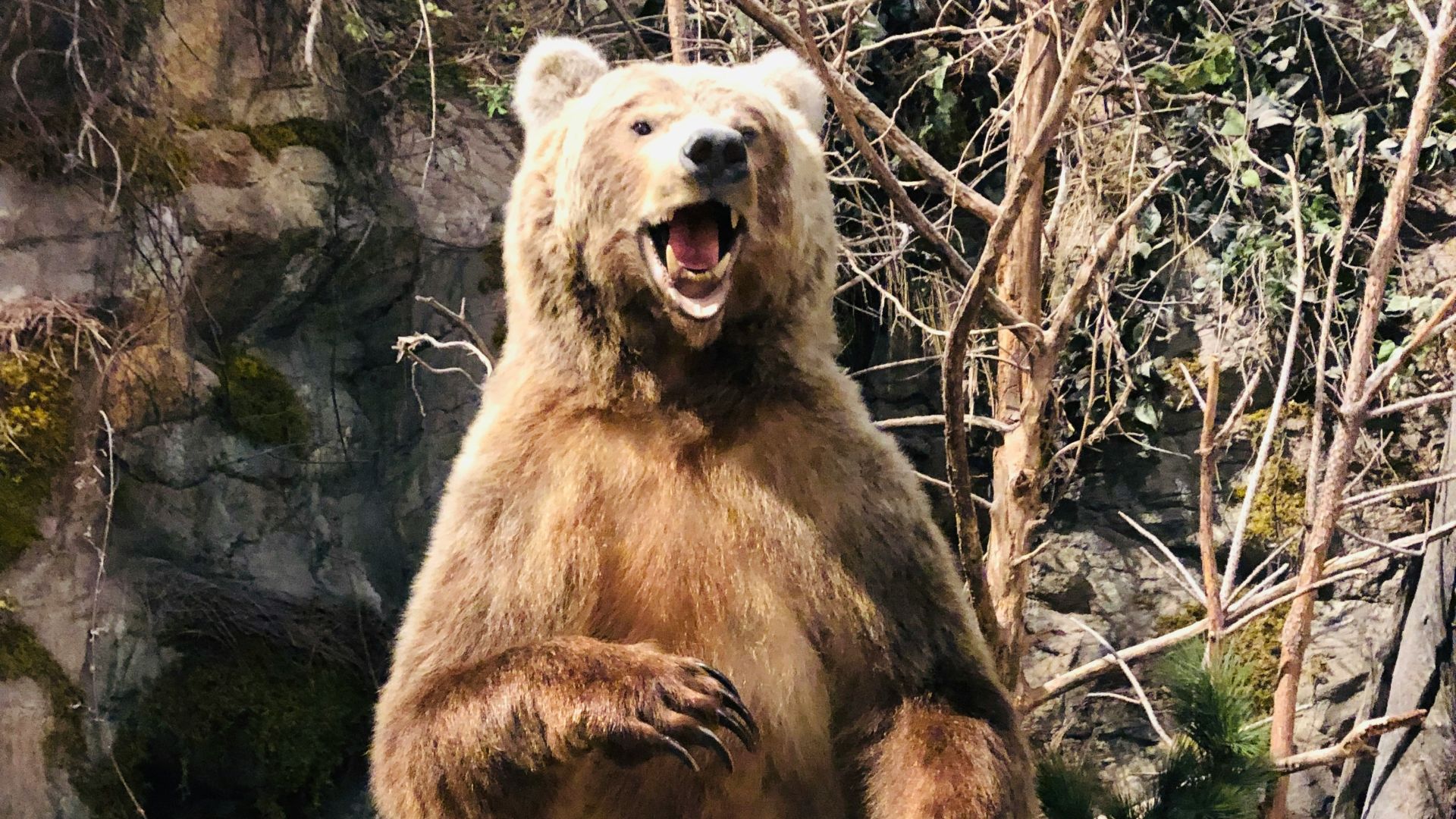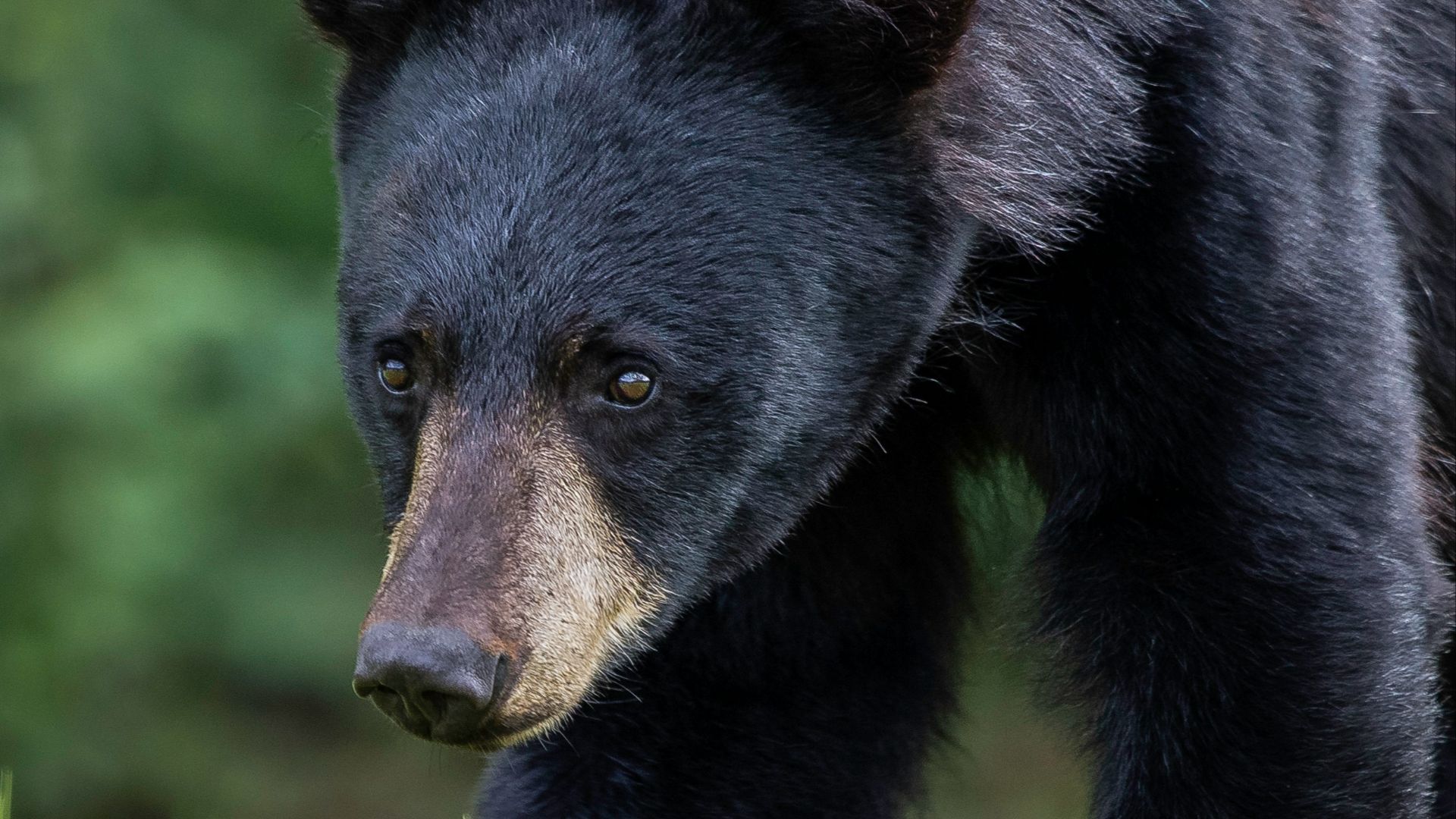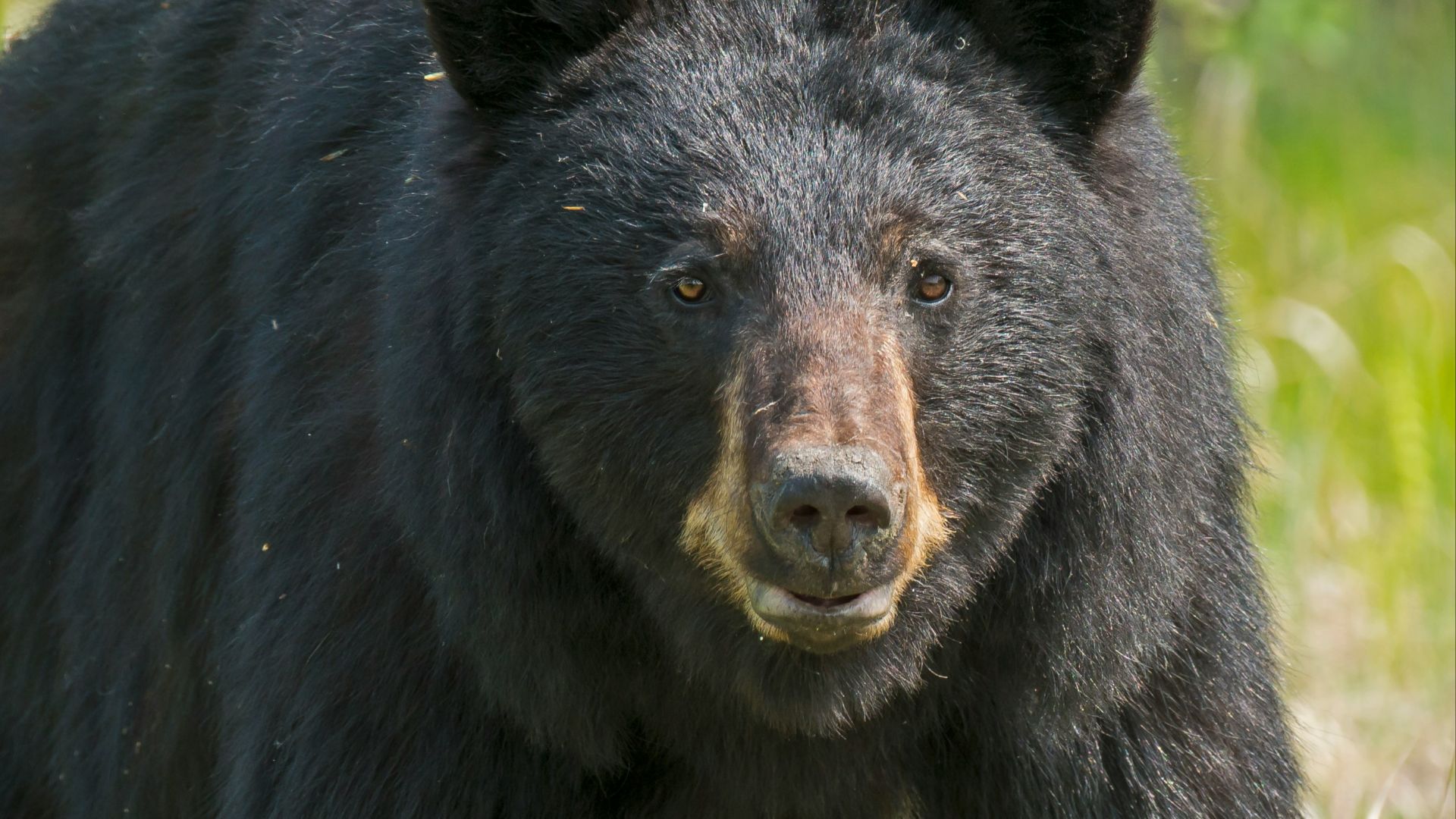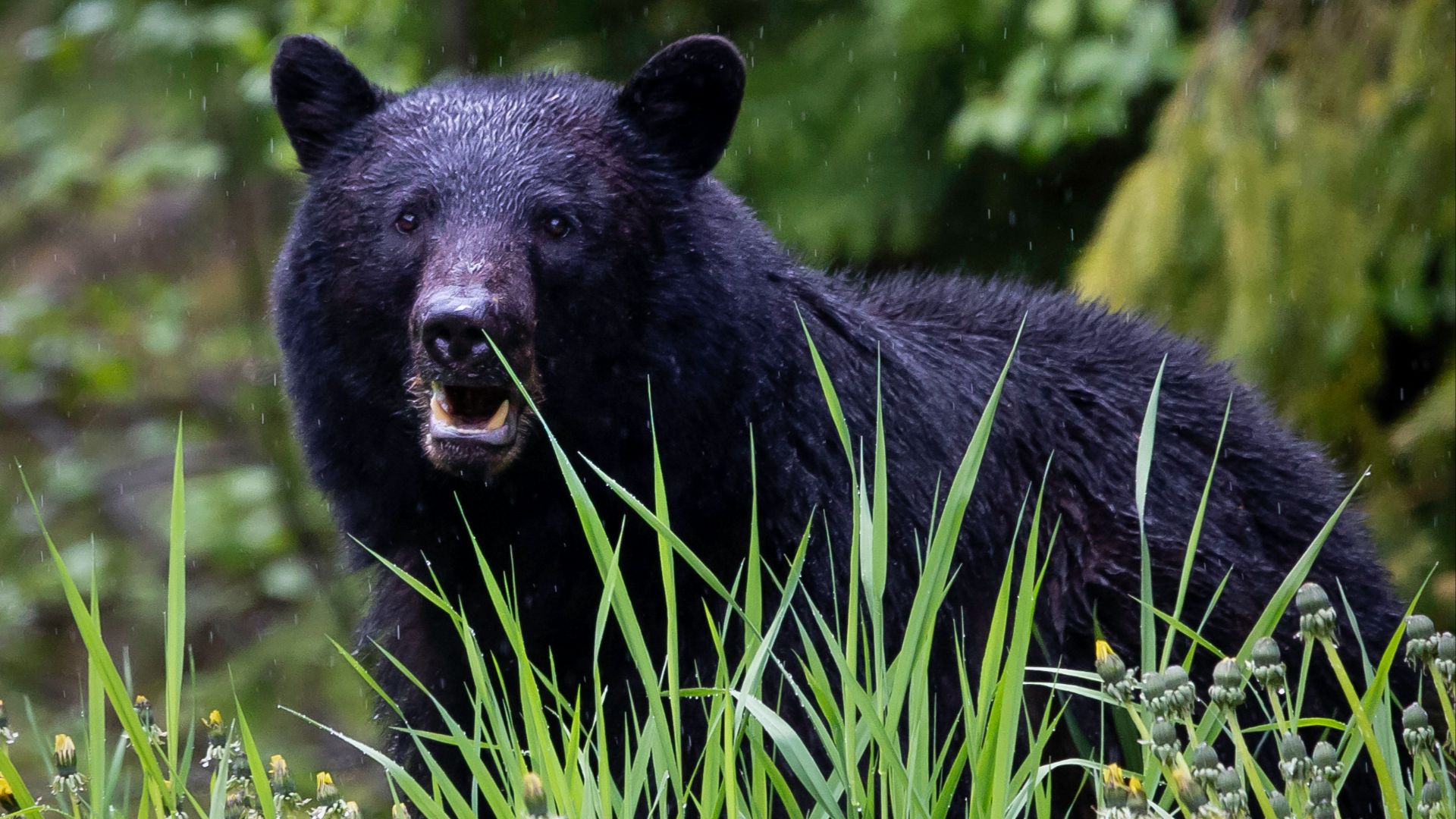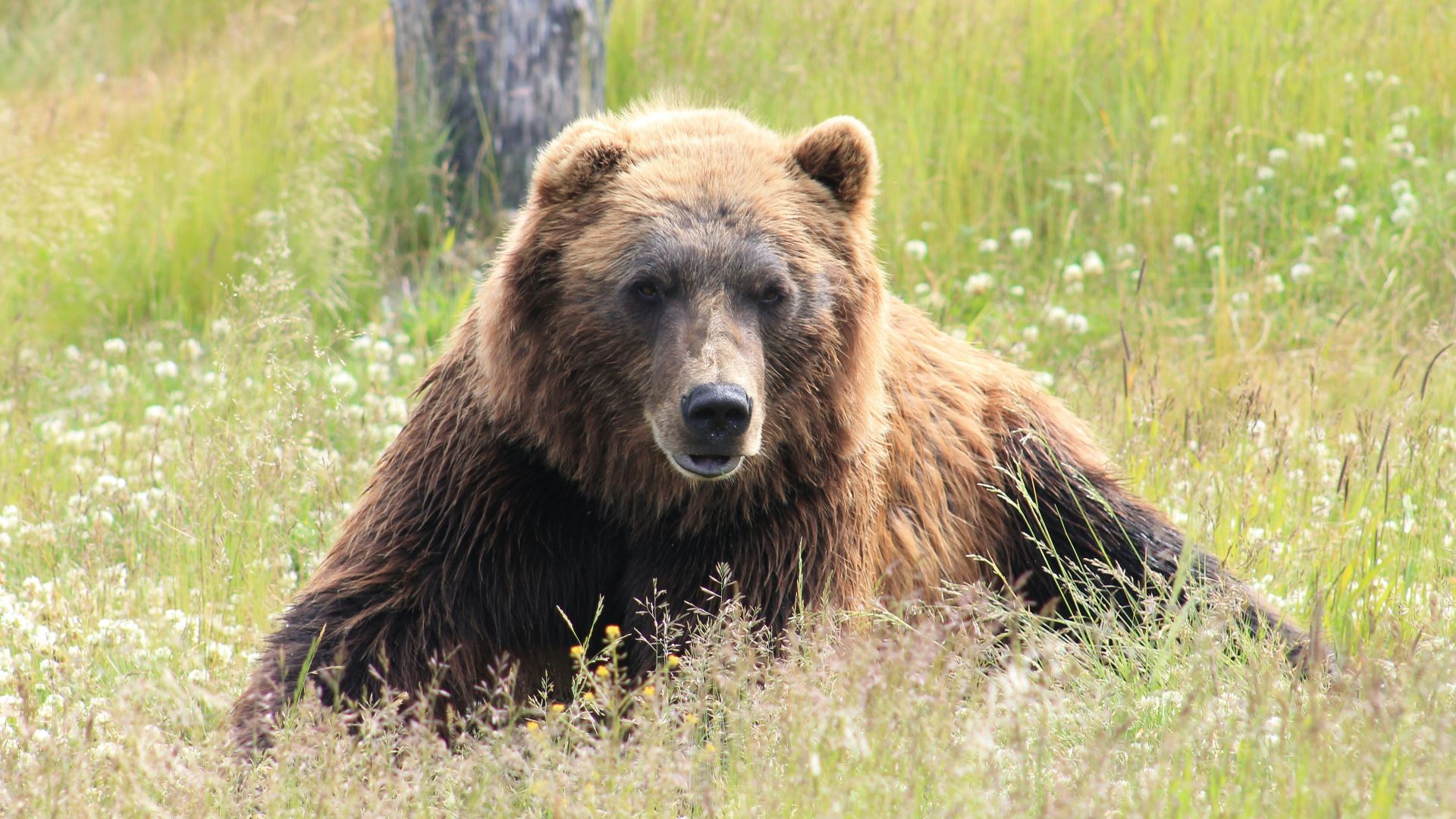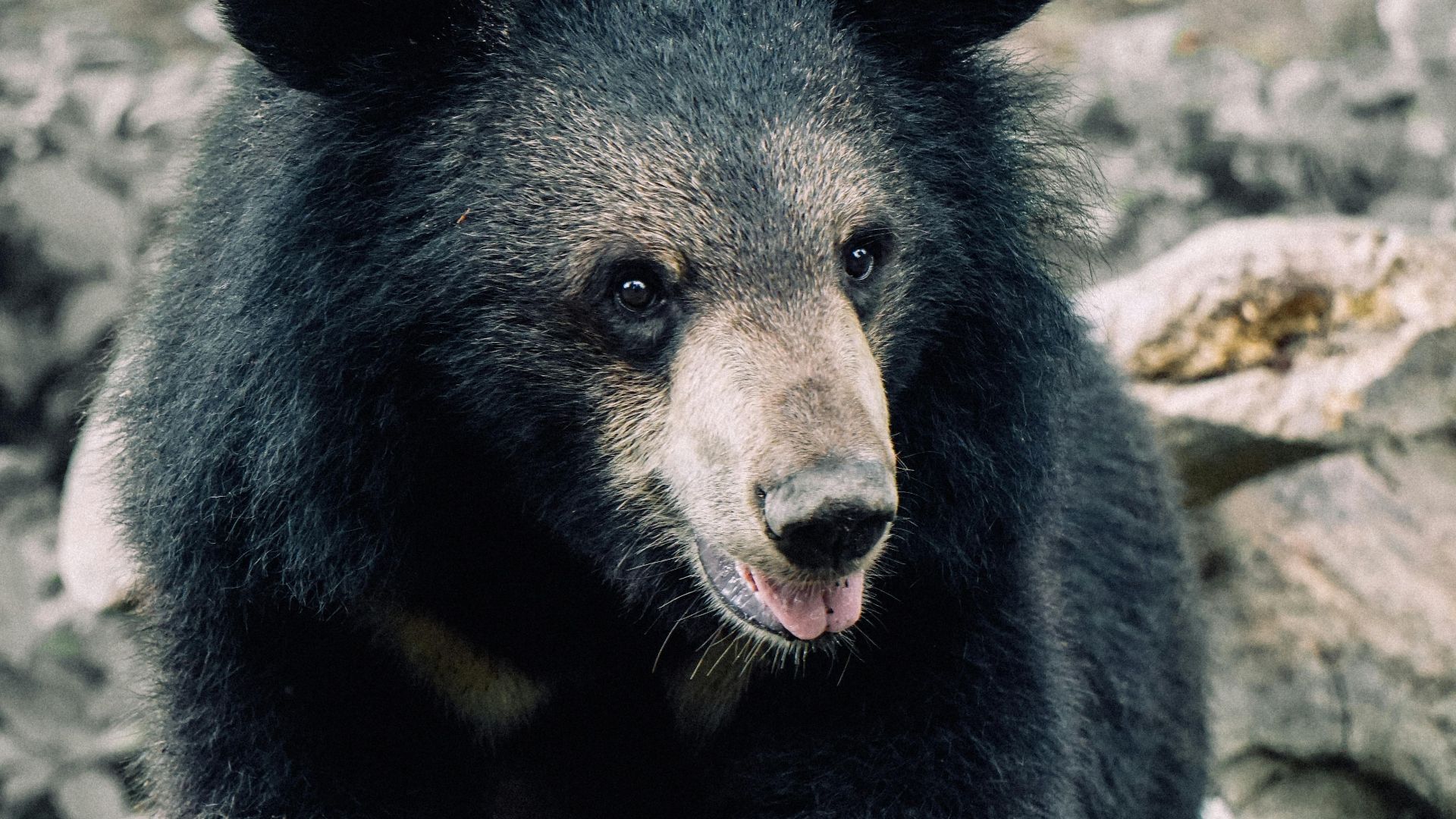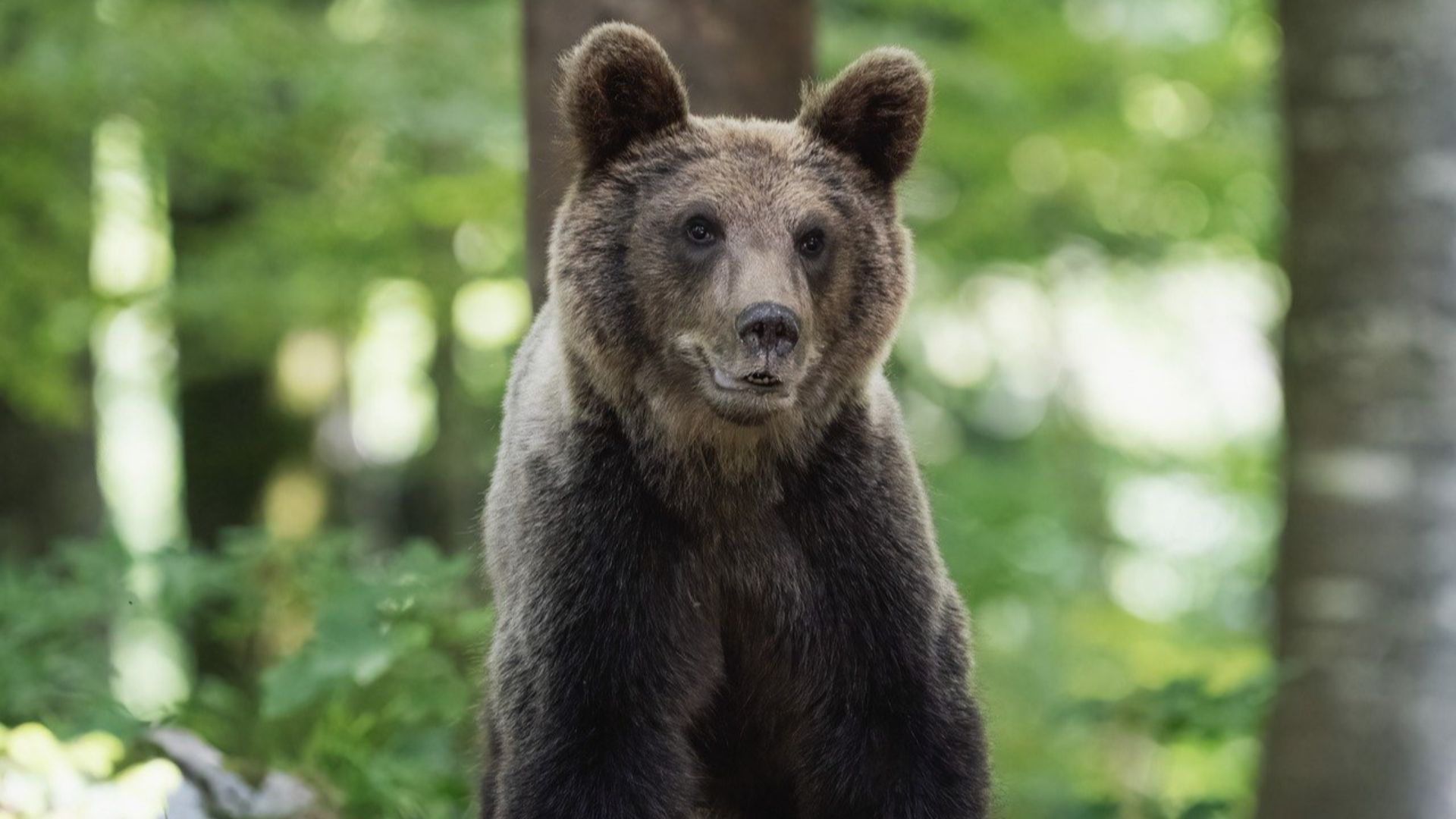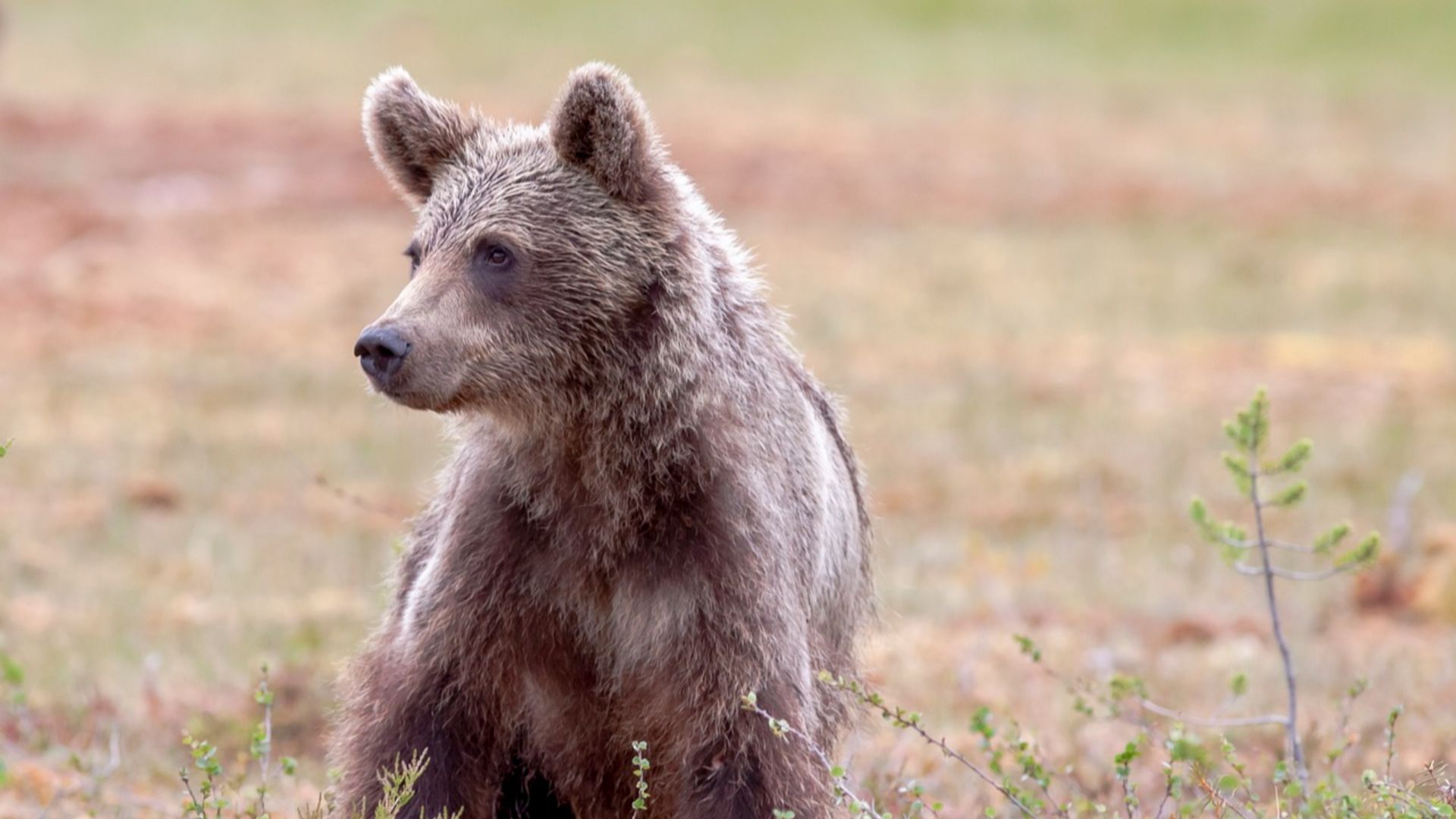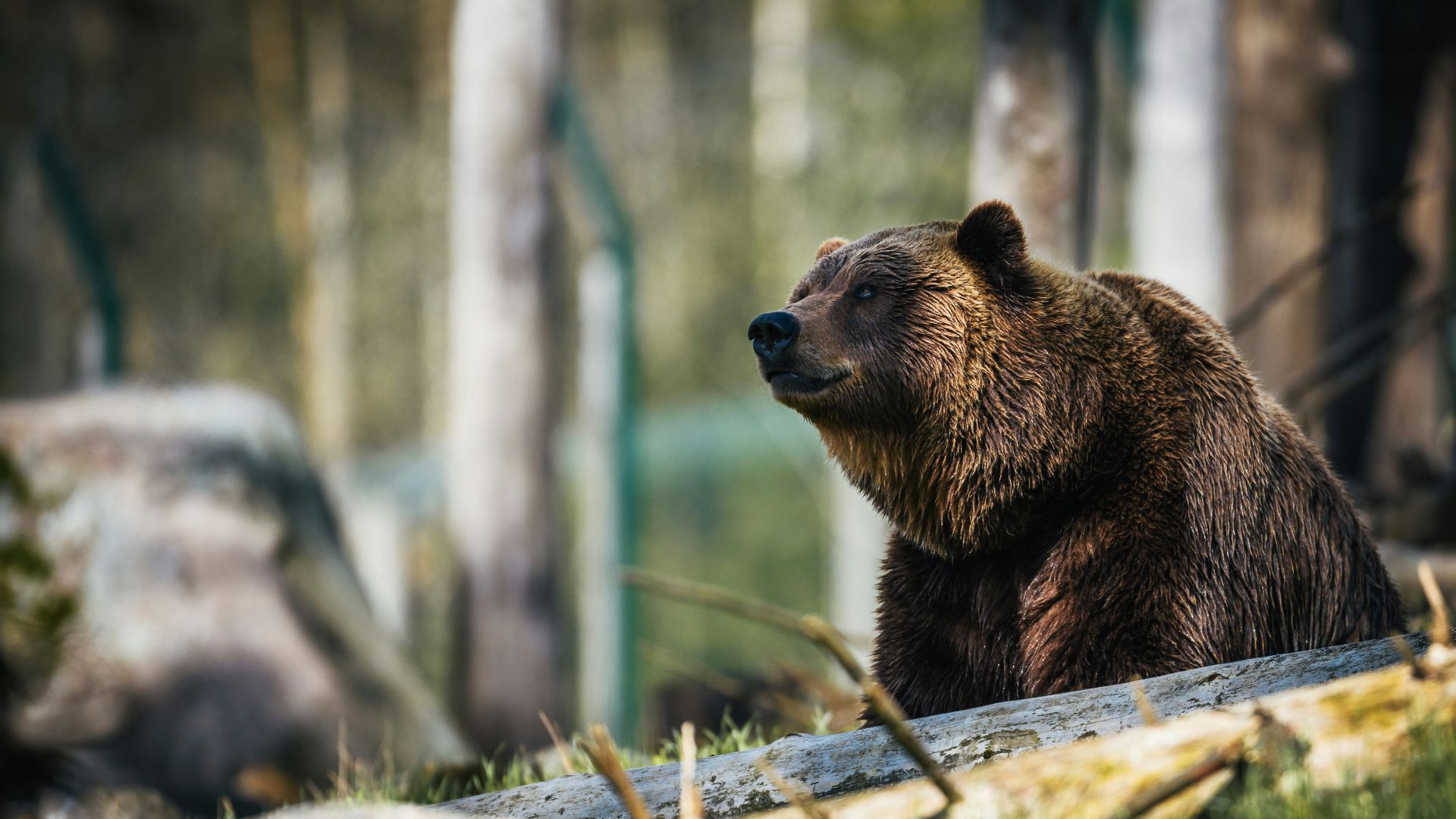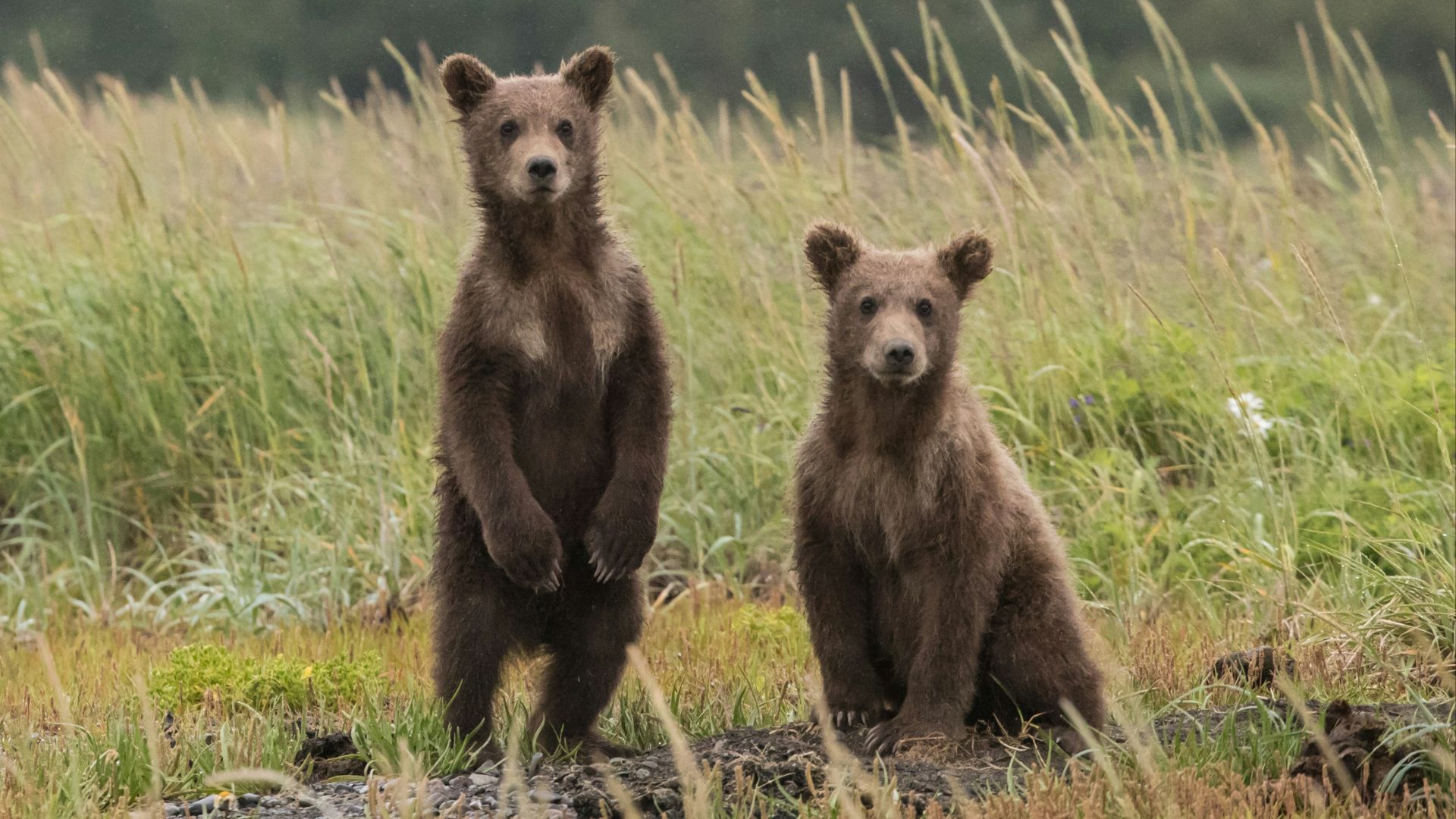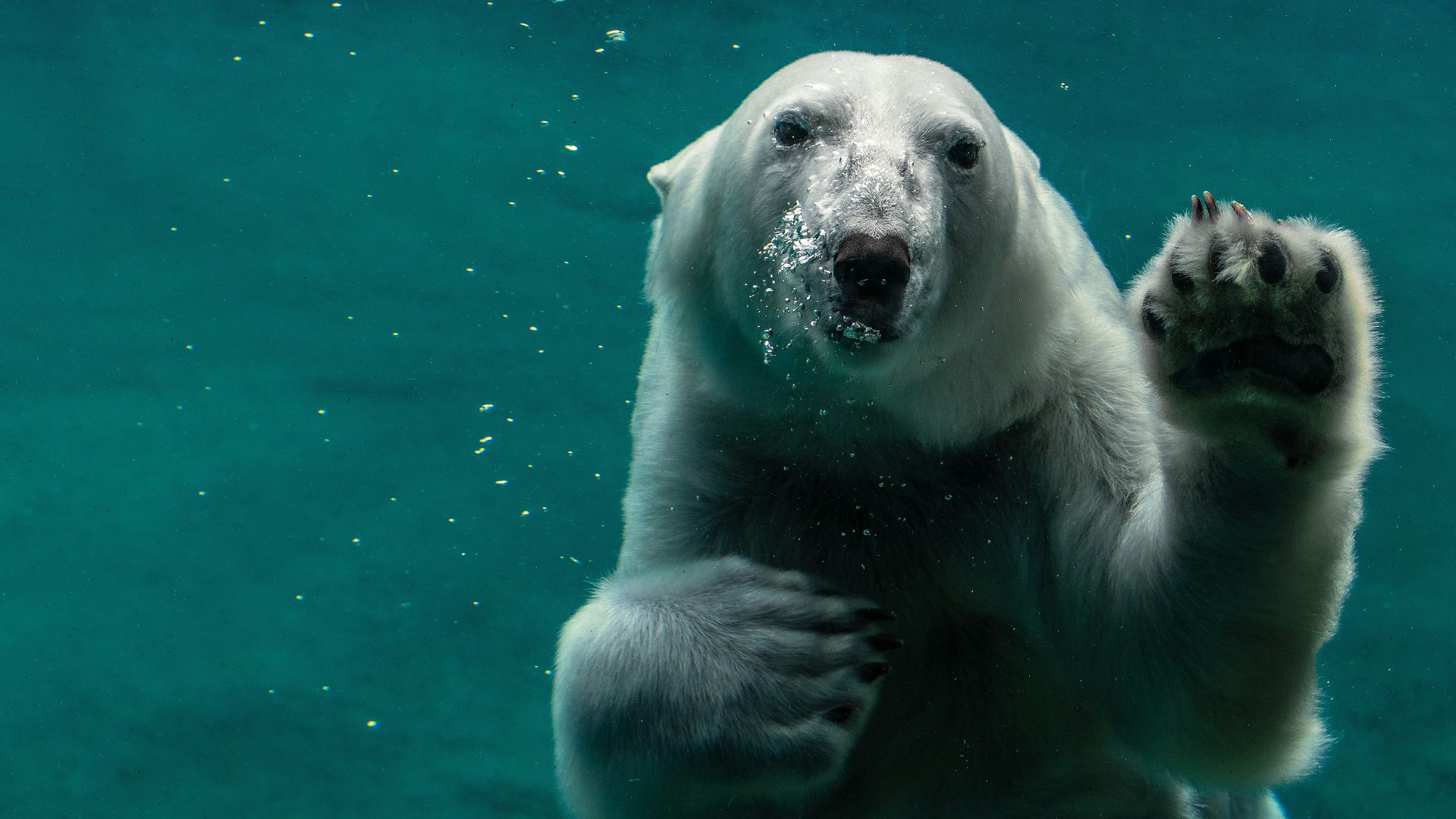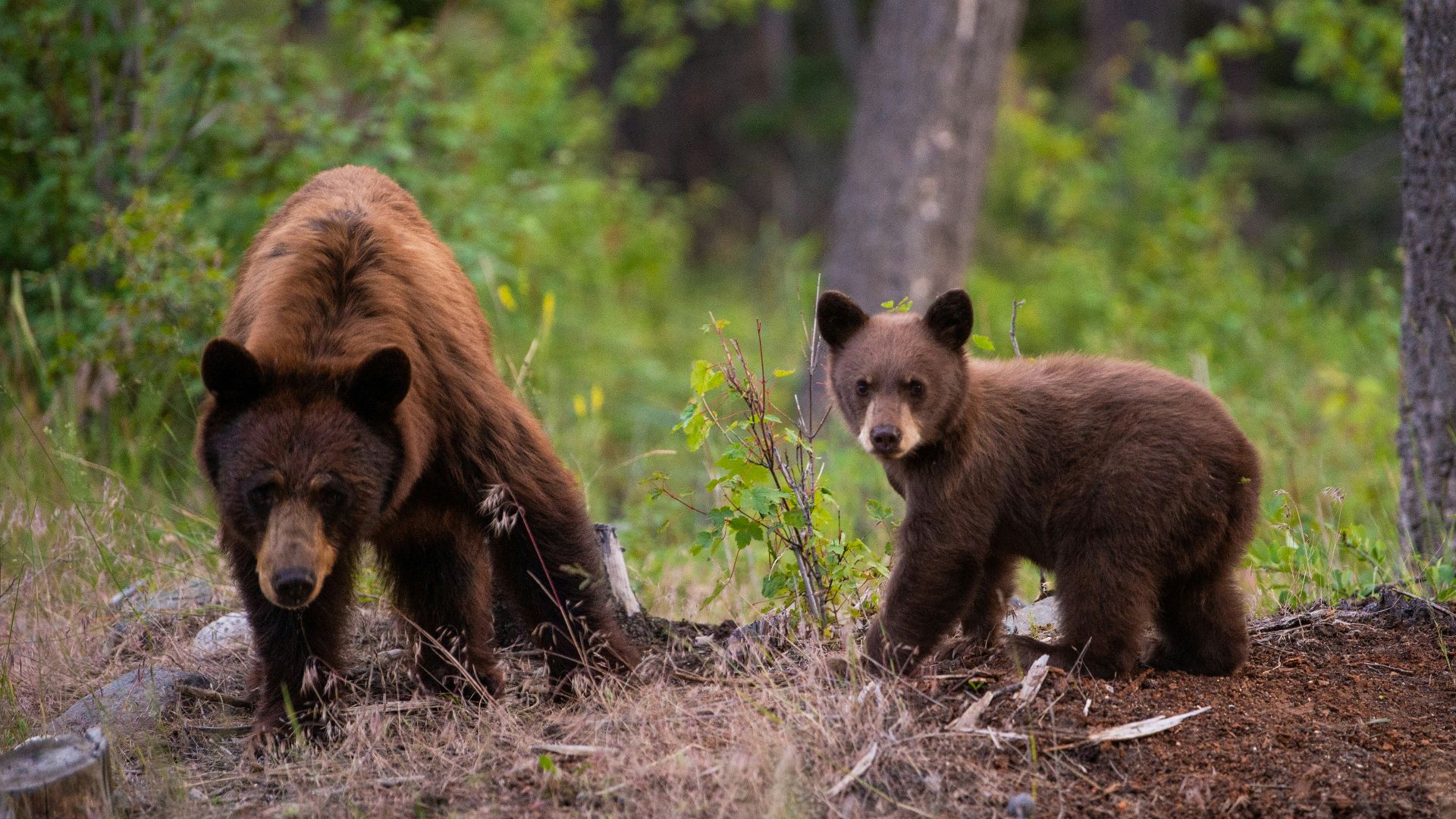What Do You Really Know About Bears?
If you're a fan of hiking, camping, or exploring the outdoor wilderness, you're probably more familiar with bears than the average person. But what do you really know? Is your knowledge of these fascinating creatures based on myths and misconceptions or real facts? Whether you're just curious or you want to know more for your own safety, here are 20 facts about bears, 10 real and 10 myths, that are good (and fun!) to know.
1. Bears Are Always Aggressive Towards Humans
While it's easy to see bears as aggressive due to their large size and terrifying power, in reality, most bears are just curious rather than threatening. However, it is important to note that they can get defensive quickly if you invade their territory or challenge the safety of themselves or their cubs.
2. Bears Can't Run Downhill
We're not sure where this belief came from but it simply isn't true. No, you won't be able to escape a bear by running downhill - they can go up and down hills with complete ease. In fact, we're pretty certain they can move much faster than humans can, meaning you shouldn't rely on a steep descent to save you.
3. Bears That Are Standing Will Attack
Yes, seeing a bear on its hind legs at full height is absolutely petrifying, but no, this isn't a sign that it's about to attack. These animals tend to stand up when they're curious and want to get a better view or smell. Just remember, bears aren't going out of their way to ruin your life, they'd love it if they could have their personal space respected too.
4. Bears Have Worse Eyesight Than Humans
Unfortunately, the belief that bears have bad eyesight is a complete myth! If you think you can sneakily hide behind a tree or avoid their vision, you'd be wrong. Bears have eyes that are just as good as ours, and they can even see in color too!
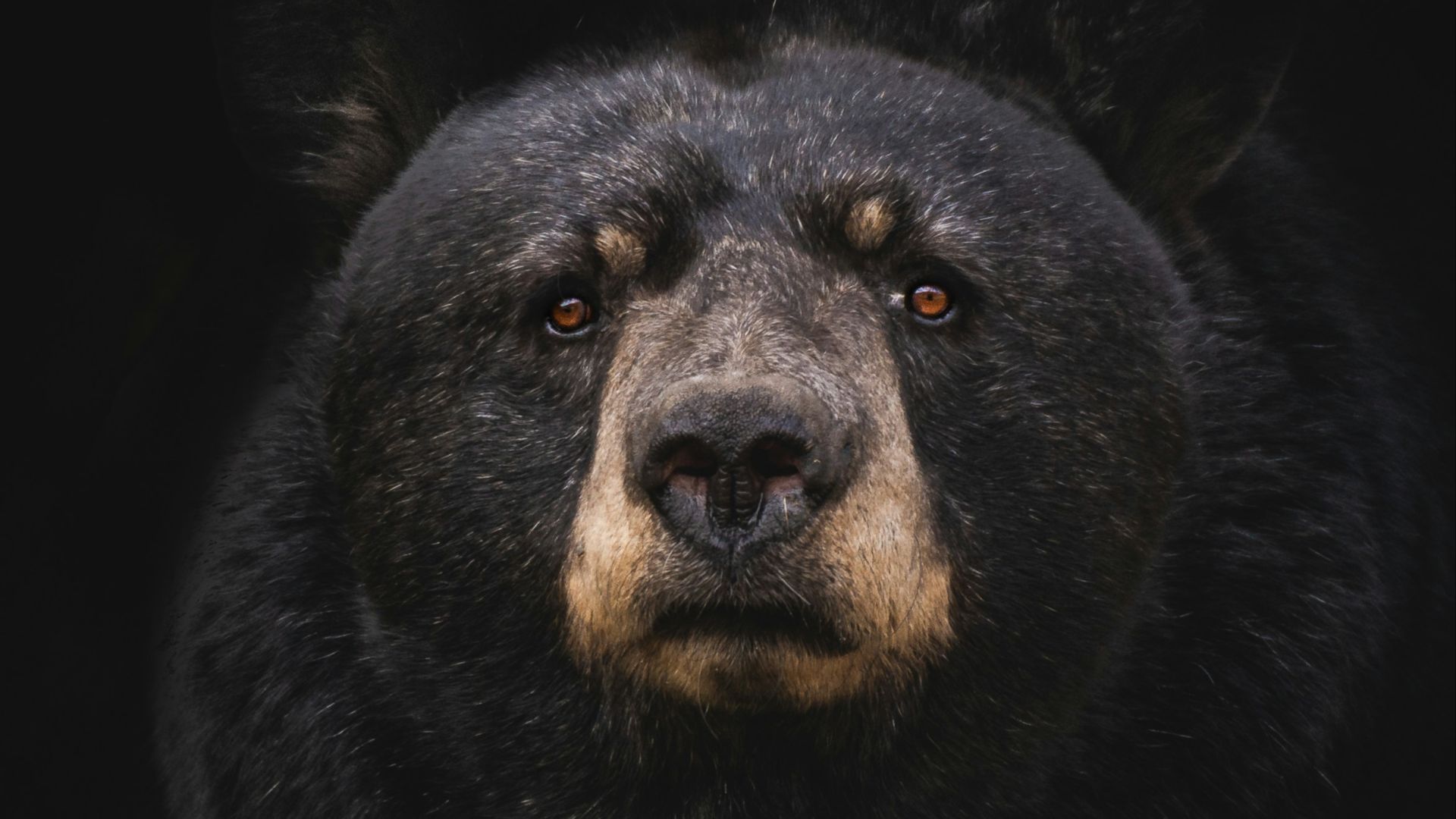 Marc-Olivier Jodoin on Unsplash
Marc-Olivier Jodoin on Unsplash
5. Bears Can't Climb Trees
If you think you'll be safe from a bear by climbing up a tree, you better think again. This misleading myth has made many people believe height is the way to escape an encounter with a bear, but they're actually pretty good climbers if it comes to it. Black bears in particular are the best, frequently doing so to find food or hide from predators, just like us.
6. Bears Attack When They Smell Fear
First of all, bears can't exactly "smell" fear and even if they sense it, it doesn't mean they're going to attack you because of it. They're not going to attack you if you don't give them a reason too! Just like us, they're scared of being charged at and are more defensive than aggressive. Black bears in particular get a bad rep, but in reality, it's rare for them to attack without cause.
7. Black Bears Smell Bad
When was the last time you heard something nice about black bears? Many go around saying that these creatures stink, but this is in fact a myth. Black bears are actually very clean creatures and like to keep themselves tidy. While male black bears might develop a bit of a musky smell during mating season, it's wrong to say these animals smell foul on a regular basis.
8. Bears Are Carnivores
Perhaps stemming from our fear of bears as vicious attackers, most bears aren't actually classified as carnivores - they're omnivores! Their regular diet doesn't just include different meats, they also enjoy a wide variety of berries and plants.
9. Bears Sleep All Throughout Hibernation
We tend to have this misconception about hibernation where we believe bears pass out for the entire duration and only awake when winter's over. But the truth is, bears are not actually in deep sleep during this period; they might wake up briefly to change positions or if they sense danger. So if you happen to see a bear hibernating, you're not completely out of the deep end.
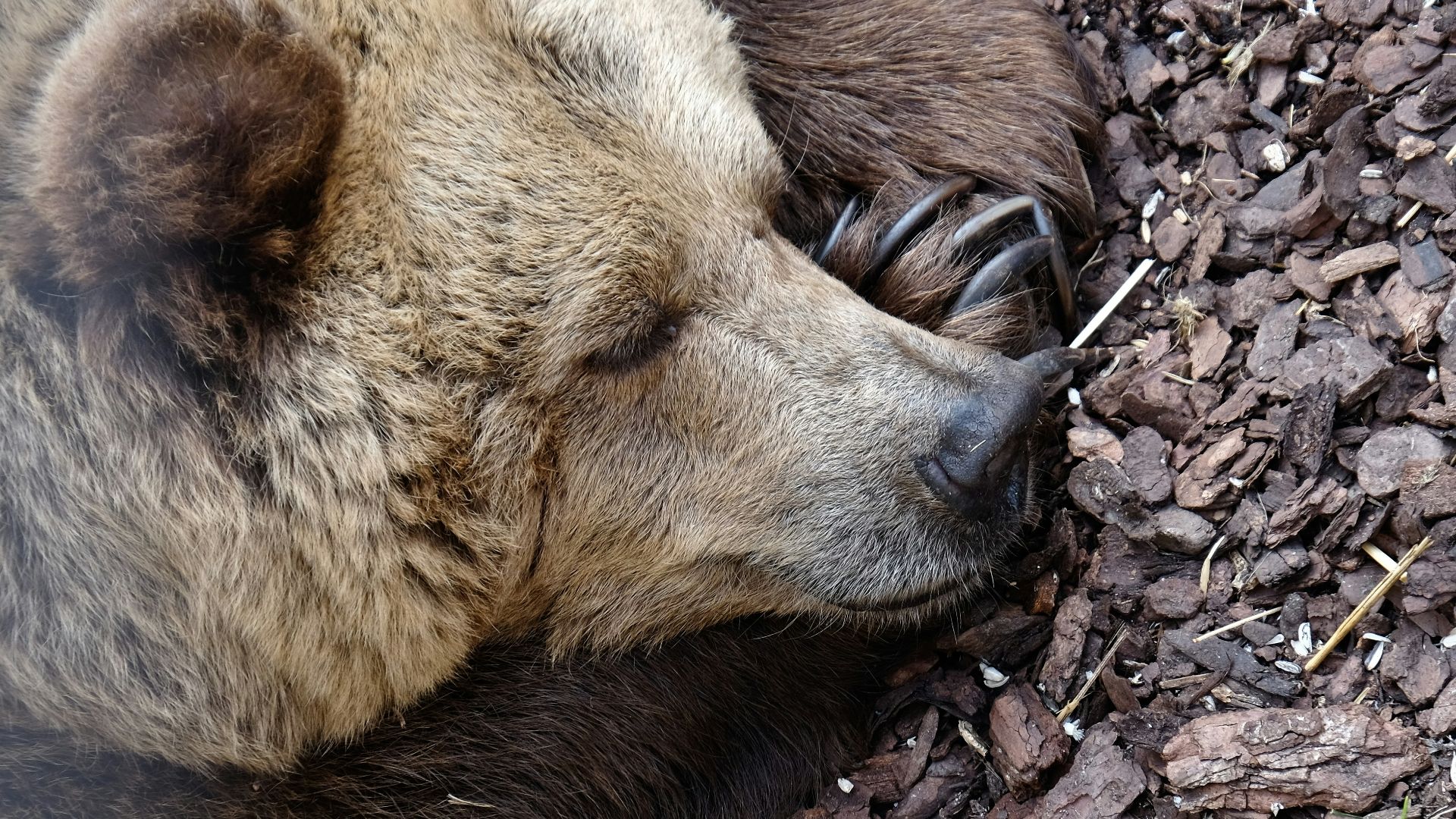 Daniele Levis Pelusi on Unsplash
Daniele Levis Pelusi on Unsplash
10. You're Safer With A Dog Around
We tend to feel safer and more protected when we have our dogs around, but in the case of bears, it might just do the opposite. If you're going camping, hiking, or adventuring, bringing your dog might actually trigger and attract bears instead of scare them away. It might cause them to be curious, or worse, feel the need to be aggressive if your dog shows the same behavior back to them.
1. Bears Are Fantastic Swimmers
All bears are considered pretty solid swimmers but none beat polar bears who frequently hunt in the water and swim incredibly long distances. Though they may be heavy and large, their paws act as excellent flippers that allow them to move swiftly; they can even hold their breath underwater for an impressive 3 minutes!
2. Black Bears Aren't Always Black In Color
While their name suggests they only come in one shade of fur, black bears are incredibly unique and can appear in various colors. From black to brown and even white, this just goes to show you that appearances alone aren't enough to help you determine what bear you've come across.
3. Bears Use Forest Objects To Scratch Themselves
Sounds like getting rid of that itch is something animals and humans can both relate to! In the forest, many bears will use rocks, trees, or logs to help scratch the areas they can't reach. There's more to this though; not only does it help scratch that itch, it's also a way to claim territory or leave their scent behind. In other words, it's a form of unspoken communication.
4. Brown Bears Are The Largest Predators In Europe
European brown bears remain the largest land predator still living on the continent. And while some might think that's nothing extraordinary given how "common" these animals are, brown bears are truly majestic creatures with males able to weigh up to 500kg given the season!
5. Grizzly Bears Can Run Up To 35mph
Given how massive grizzly bears can be, you'll likely be surprised to find out just how fast they can run if they reach their top speed. At 35mph, good luck trying to outrun one! We can only imagine how terrifying it'd be to see such a ferocious and gigantic creature running straight at you this quickly.
6. Bears Have A Lifespan Of About 20-25 Years
We all know animals have it rough living out in the wild, which is why a lifespan of around 20-25 years for bears is pretty impressive! And with so many environmental factors and human threats only increasing, we hope this number doesn't decrease any time soon.
7. Polar Bears Are Considered Marine Mammals
While you would probably associate most bears you're familiar with as being land mammals, polar bears are special; they're the only bear species to be called marine mammals and have even been given the nickname sea bears! They've been given this unique classification thanks to their dependence on the ocean for finding food.
8. Panda Bears Have An Extra Bone For Eating
When you think of panda bears, what do you imagine? If your answer is "eating," we're certain that's the most popular answer. And turns out, they're built for it! These adorable bears have a special "false thumb" that allows them to better grab bamboo shoots for eating.
9. Bears Are Highly Intelligent
Despite how movies depict them, bears are actually incredibly intelligent creatures with impressive brains. Not only have they been able to showcase great problem-solving skills, they're also very social animals that build complex relationships with other bears. Furthermore, they even have great memories that allow them to relocate food sources and find their way to familiar areas.
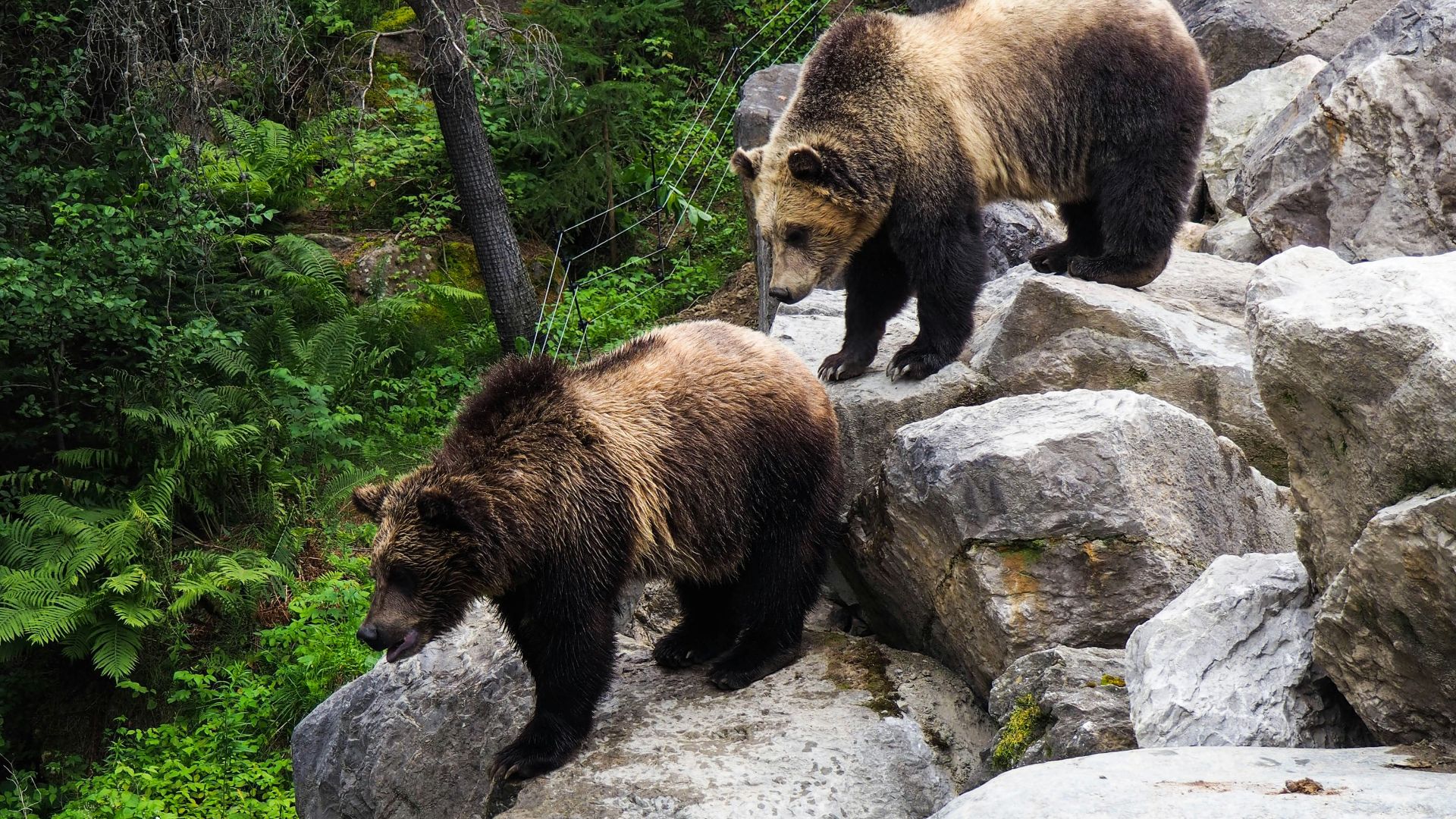 Céline Chamiot-Poncet on Unsplash
Céline Chamiot-Poncet on Unsplash
10. Bears Have Strong Bonds With Their Cubs
Never underestimate how far a mother bear will go to protect her cubs. It's one of the reasons they might show aggression if you ever come across one! From nurturing them and teaching them how to survive in the wild, they grow incredibly strong bonds that they will do anything to keep safe.


